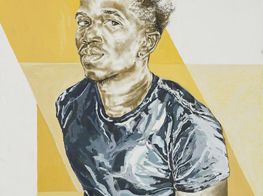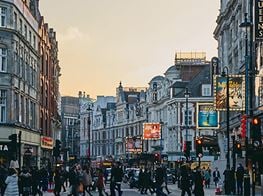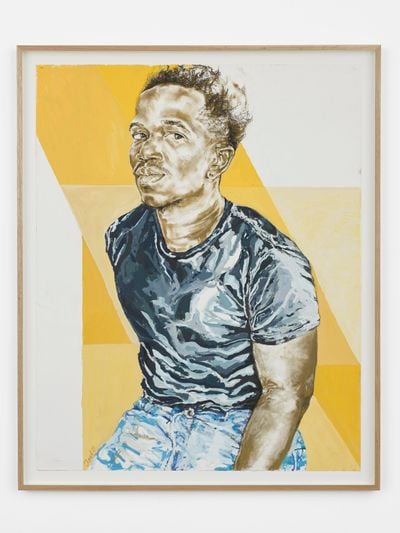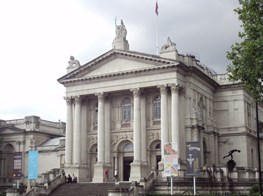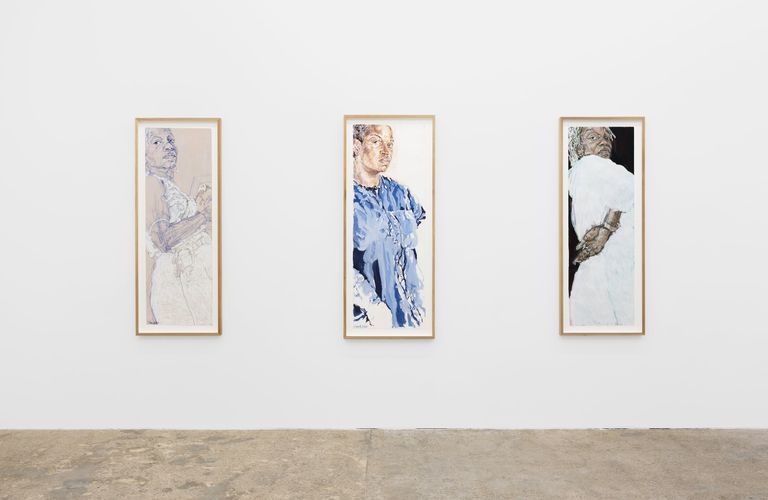
Though typically rendered relatively sparsely in combinations of pastel against bright washes of primary colours in gouache, Claudette Johnson's most recent paintings mark a turn for the artist towards a greater use of oil and acrylic.
Showing at Hollybush Gardens in London (Still Here, 7 October–13 November 2021), the paintings continue the artist's decades-long commitment to depicting Black figures, working beyond any specific convention of portraiture. Instead, each work is a graceful and expressive encounter with an individual sitter.
While the exhibition's title serves as a poignant reminder that, despite the isolating conditions of the U.K.'s intermittent lockdowns—through which the artist's latest body of work was made—we are still here, it is also a comment on the historic invisibility of Black figures within art history.
The title is fitting for another reason, too. Whether intentional or not, it acts as a wry nod to the fact that Johnson herself has been one of the great unsung heroines of contemporary British art.
Whilst more recent generations of artists working within portraiture and depictions of Black figures have perhaps been quicker to achieve critical and commercial acclaim, Johnson has been fastidiously developing her practice in a much more measured way over the course of the last 40 years.
Now 62 years old, her latest exhibition in London serves as an excellent reminder that she is very much still here. Born in 1959 in Manchester, Johnson studied at Wolverhampton University between 1979–1982. During this time, she was a founding member of the BLK Art Group, a collective of artists based in and around the West Midlands that sought to empower Black artists and call into question the lack of inclusion in the art world.
Her work was included in a number of significant group exhibitions in the 1980s, such as Black Women Time Now at the Battersea Arts Centre, London in 1984 and The Thin Black Line at the Institute for Contemporary Arts, London, curated by her contemporary Lubaina Himid in 1985, whose importance to recent British art history has also only been more widely acknowledged in the last few years.
It was not until the summer of 2019, however, that Johnson received her long-overdue first major solo exhibition at a public institution in the U.K., at Modern Art Oxford, which brought together 30 works from over four decades.
Two years on, her work is now poised to continue gaining momentum and the belated recognition it deserves. Still Here is only her second solo exhibition at Hollybush Gardens, a gallery well known in the past few years for producing several Turner Prize nominees and winners.
At the end of this year, Johnson's work will also be included in a landmark Tate Britain group exhibition, Life Between Islands: Caribbean-British Art 1950s – Now, alongside the likes of Sonia Boyce and some of the giants of current British painting including Peter Doig and Hurvin Anderson.
With her work already belonging to esteemed British institutional collections including the Tate, British Council, Arts Council and Manchester Art Gallery, one would expect that further national and international acclaim is to follow. —[O]
Main image: Exhibition view: Claudette Johnson: Still Here, Hollybush Gardens, London (8 October–13 November 2021). Courtesy Hollybush Gardens.

